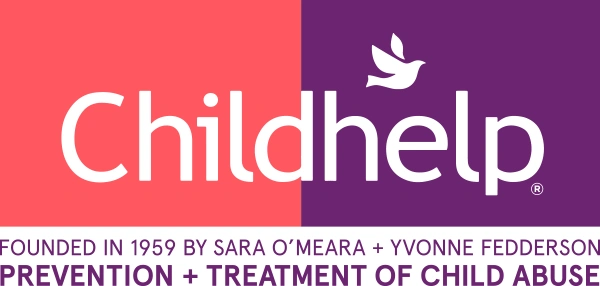December 13, 2024
The internet can be a great place for kids to connect, communicate, learn and play. But this vast and largely unregulated space can also expose them to significant risks, especially from online predators who exploit vulnerabilities to perpetrate abuse. Understanding cyber abuse and the various types is crucial for safeguarding children. Cyber abuse is any type of abuse that happens on the internet — across any device — including computers, tablets, and cell phones and can occur anywhere online such as, social media, text message, email, chats, games and live-stream. Here, we delve into the various forms of online child abuse, how it manifests and ways to prevent it.
Cyberbullying
What it is: Cyberbullying involves the use of electronic communication to bully someone, usually by sending intimidating or threatening text messages or emails.
How it looks:
- Harassment: Sending repeated, aggressive messages to upset or harm the victim
- Public humiliation: Sharing embarrassing or private information about someone publicly
- Impersonation: Pretending to be someone else to damage their reputation or relationships
Online grooming
What it is: Online grooming is when an adult builds a relationship with a child with the intention of sexually abusing, exploiting or trafficking them.
How it looks:
- Trust building: Predators often spend weeks, or even months, gaining the trust of their target
- Isolation: Encouraging the child to keep the communication a secret
- Sexualization: Gradually introducing sexual content or conversations to normalize inappropriate behavior
Sextortion
What it is: Sextortion is a form of blackmail in which someone threatens to distribute private, often sexual, material unless a demand is met — typically for more explicit images, money or sexual favors.
How it looks:
- Trust: Gaining the victim’s trust in order to obtain compromising material
- Threats: Using threats of exposure to manipulate and control the victim
- Escalation: Increasing demands over time, leading to further victimization
Catfishing
What it is: Catfishing is when someone creates a fake online identity to deceive others, usually for financial gain or emotional manipulation.
How it looks:
- Fake profiles: Using photos and information from other people to construct a believable persona
- Emotional manipulation: Establishing romantic or friendly bonds under false pretenses
- Financial exploitation: Asking for money under various deceptions, such as emergencies or investments
Prevention
The effects of cyber abuse can be severe, long-lasting and lead to anxiety, depression, shame, self-harm, eating disorders, suicidal thoughts and sometimes suicide, which is why preventative measures are so important.
Education and awareness: Understanding the types of cyber abuse is the first step, while educational programs, such as Childhelp Speak Up Be Safe, are crucial. We also offer a series of age-appropriate online safety videos for kids.
Privacy settings: Implementing privacy settings on social media and other online platforms can help limit exposure to potential predators. Help children set their profiles to private and only accept friend requests from people they know.
Communication: Regularly discuss internet safety with kids. Maintaining open lines of communication within families about online activities is critical in helping to identify and address issues early on.
Reporting and support: Create a safe space for children to feel comfortable in disclosing inappropriate incidents that occurred online. Educate kids on the built-in reporting features that many social media platforms offer so they can report abuse. You can also call, text or chat the Childhelp National Child Abuse Hotline for support, advice and resources.
Parental controls: Utilizing parental control software and tools that monitor and filter online activity can help keep track of kids’ online activity and block inappropriate content.
Online child abuse is a severe and pervasive issue that requires a concerted effort from parents, caretakers, educators, law enforcement and society as a whole. By understanding the different types of cyber abuse, being vigilant about implementing preventative measures and providing support to children, we can work towards creating a safer digital environment.




